Perspiration – Why it happens and what to do about it
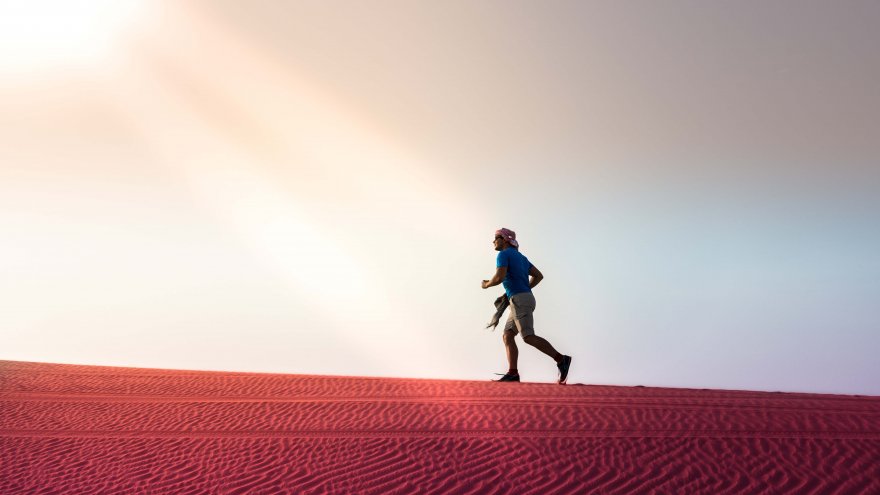
Everyone sweats, and most people try to prevent it or hide it. But runners are not most people. We sweat or perspire, more than the non-runner, and this is a good thing!
Sweating is the natural process that regulates our core body temperature.
When the body begins to overheat, sweat glands release sweat to decrease the body temperature. Your nervous system activates the sweat glands to release a water-and-electrolyte solution, perspiration, through your skin’s pores.
Your body has two types of sweat glands: eccrine and apocrine. The eccrine sweat glands are found all over the body and produce a lightweight, odorless sweat. The apocrine sweat glands are located in the hair follicles and they release a heavier, fat-laden sweat. When apocrine sweat breaks down and mixes with the bacteria on your skin, body odor occurs.
Sweat evaporates off skin when it hits outside air, cooling you off and preventing overheating in the process.
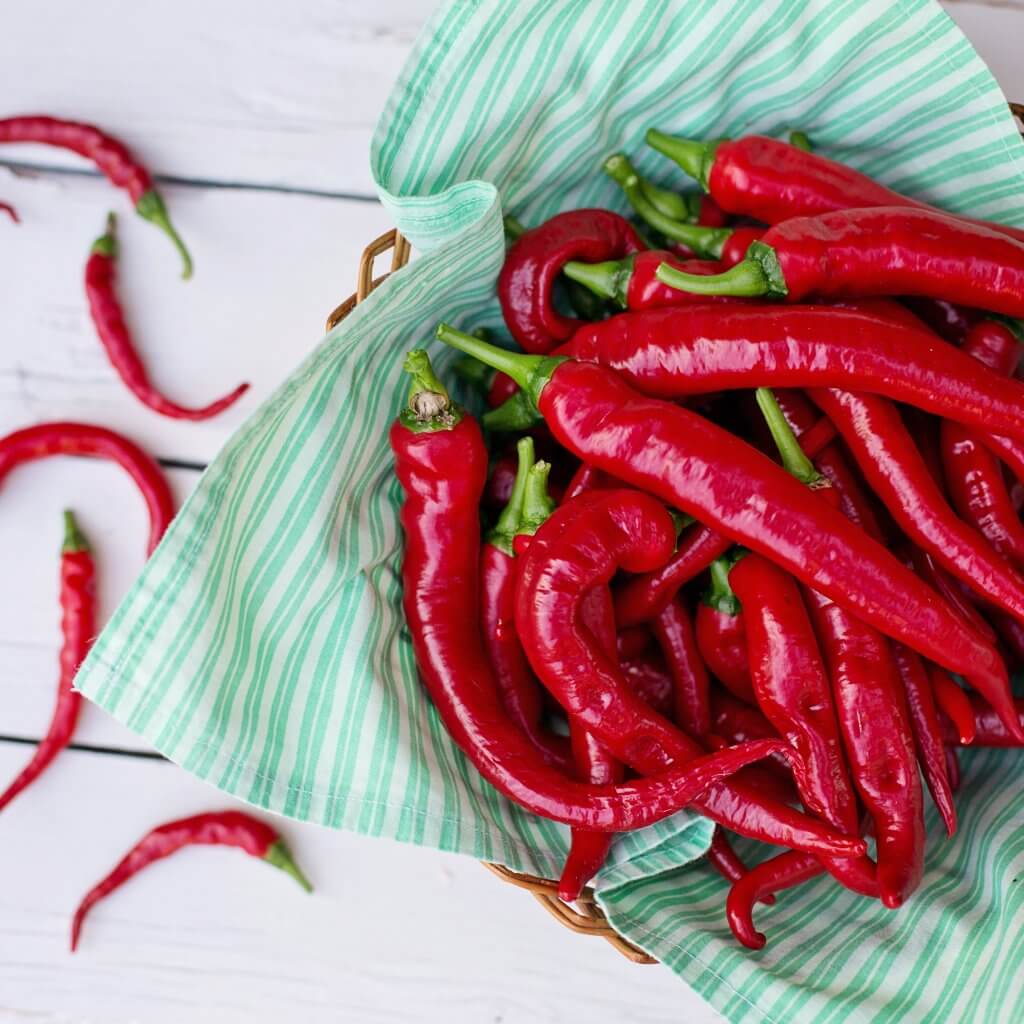
There are a variety of reasons that your body overheats (and consequently sweats) from hormonal changes to consuming spicy foods like curries, hot wings, wasabi, hot peppers like jalapeños, and even caffeine in excess.
These foods have higher thermogenic impacts than others, making your body generate more heat and sweat while eating them. Consuming spicy food will trick your brain into thinking that your core temperature is too high even after eating that three-alarm chili!
Sweating can also occur from stress or from a fever that accompanies illness since the body is burning energy to fight disease.
The most common areas of sweating on the body include the underarms, the face, the palms of the hands, and the soles of the feet.
What to do about perspiration
For runners, perspiration is caused by a menagerie of possible factors, from an increase in outside temperature and intense training, to an increase in internal body temperature and poor choices in running apparel (in other words, wearing clothes that are not breathable).
Generally speaking, the fitter the athlete, the more you’ll sweat. Athletes with an advanced level of fitness will start sweating a lot earlier in their workouts because their body’s thermoregulation system kicks into gear faster. This accelerated perspiration is what keeps your core temperature down from the start of the run until the end.
Research suggests that male athletes do perspire more than female athletes, and larger runners may require more sodium than smaller athletes since they usually perspire more. No matter your size, you will deplete your electrolyte levels faster as you turn up the intensity of your training.
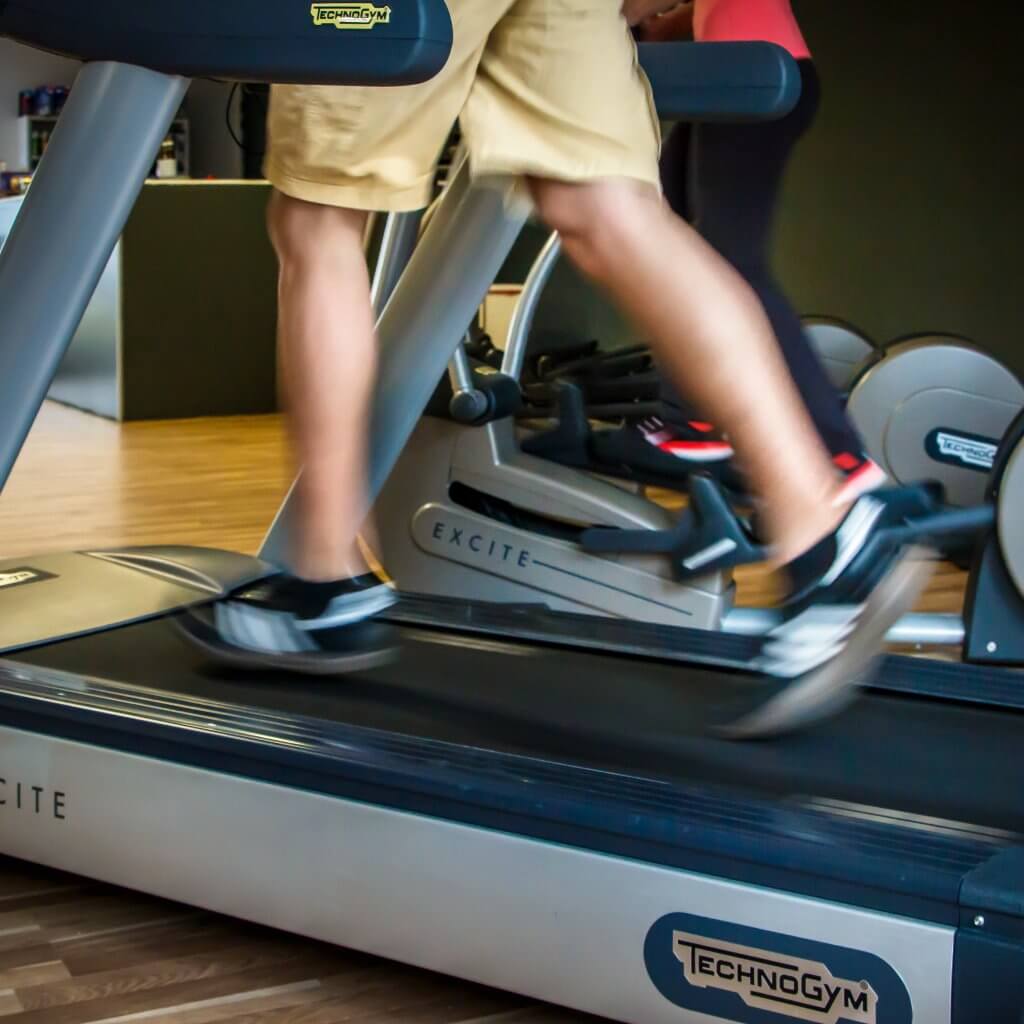
Even though you may feel like your treadmill is the only one with a puddle of perspiration under it, everyone sweats a baseline amount at all times.
During exercise, the average person sweats between 0.8 to 1.4 liters per hour, which is the equivalent of one to three pounds of body weight.
Don’t get grossed out by it
Sweating is considered healthy because it increases the circulation of blood in the body. Sweating is also the skin and body’s way of protecting you from overheating. Perspiration represents this built-in mechanism that our body possesses for keeping cool, which can actually help to open up and unclog pores.
Sweating can also flush our bodies of alcohol, cholesterol, and other toxins. Perspiring can also be an effective way to sweat out excess sodium, yet retain calcium in your bones. This balance limits the accumulation of calcium and salt in the kidneys and urine, possibly preventing kidney stones.
Rather than be grossed out by perspiration, you can appreciate your body’s ability to keep you cool and free of toxins through sweat. Continual sweating on a hot, sunny day, or during intense training should be expected. The increased level of endorphin hormones scientifically proven to be released during exercise is worth that puddle of sweat under your treadmill.
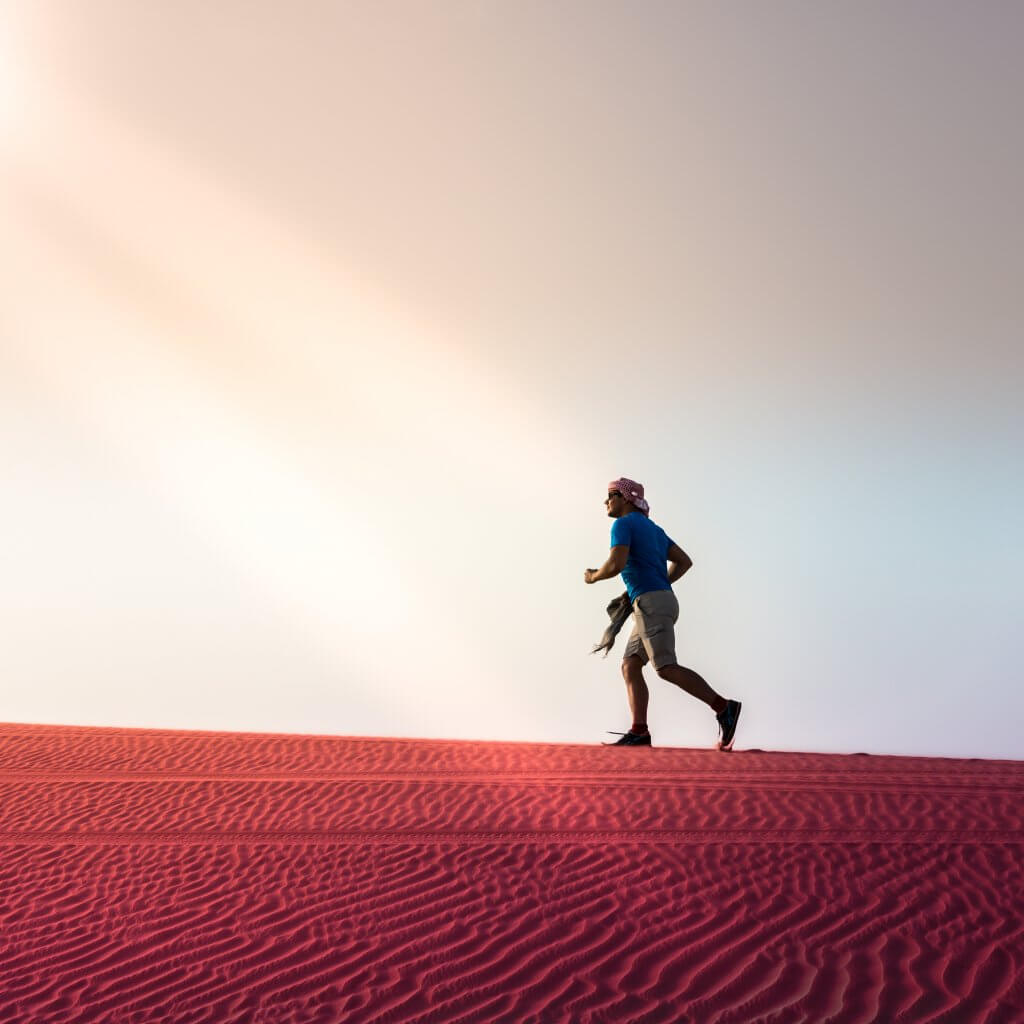
Perspiring is nothing to be ashamed of, but if you are concerned about minimizing the amount you sweat, don’t sweat it! There are several modifications you can make to reduce the amount you perspire.
Do wear clothes that don’t encourage sweat
As the saying goes, cotton kills. The fabrics of cotton lack the ability to wick away moisture while you run, and cotton-blends aren’t much more effective. Fabrics such as corduroy, denim, or flannel are also cotton-based and won’t do a good job keeping you cool on a run. Avoid running in fabrics like rayon and silk too, as they are highly absorbent.
While you can’t avoid sweating during a run, you can choose running tops, shorts, and socks made of technical wicking fabric that draw perspiration away from your skin and to the exterior of your clothing so the sweat can evaporate faster, and you can stay dryer. Wicking fabrics also reduce the likelihood of chafing caused by sweat that irritates the skin. Bonus: Unavoidable sweat marks tend to be less visible when you wear that wicking tank of yours!
In addition to technical wicking material, fabrics like elastane, nylon, and polyester also dry faster than cotton. Since it is naturally antimicrobial to combat unpleasant odors, choosing apparel that is made from merino wool is popular among runners. Merino wool has quick-drying and moisture-wicking properties to keep you cooler on those hot summer workouts.
Running gear made of bamboo is a cooling, sustainable choice for runners, absorbing sweat from the body so it can be evaporated and keep you dryer longer.
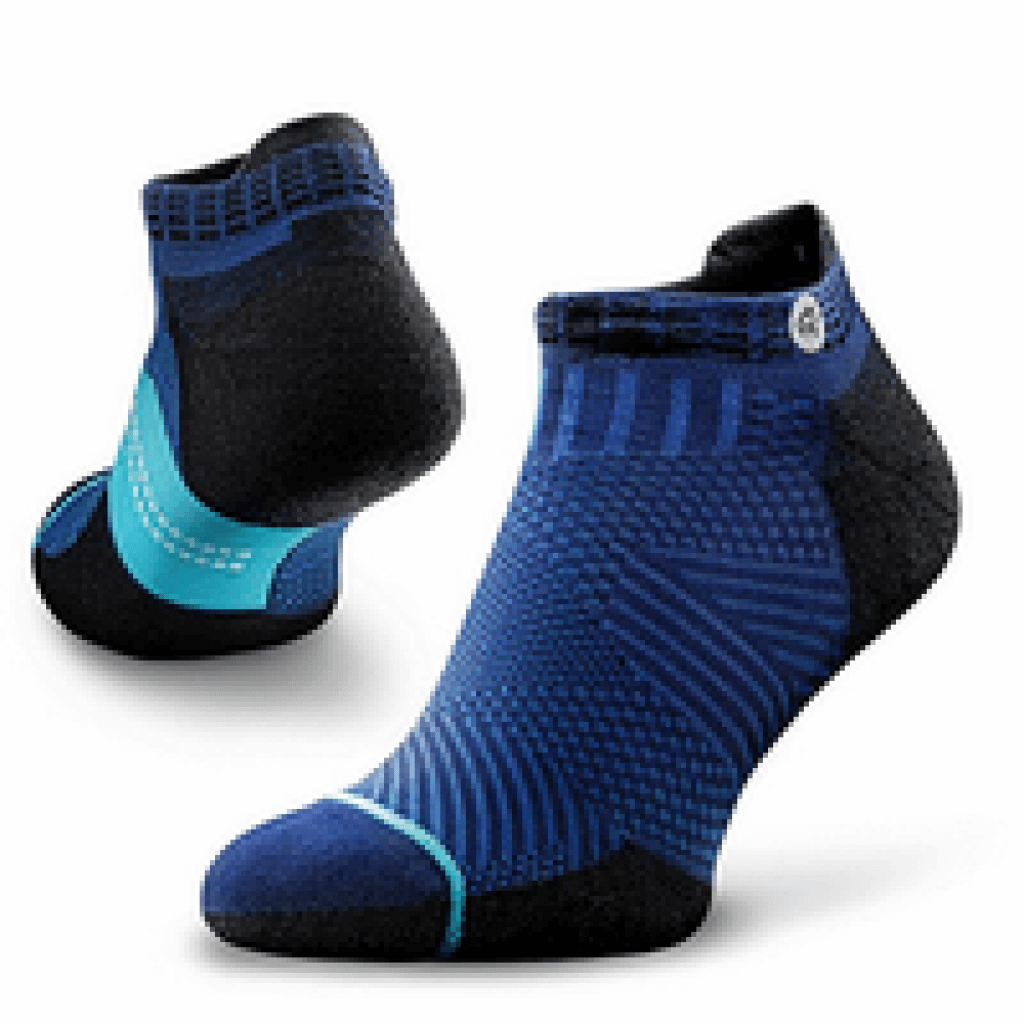
Whatever your fabric choice for running in, it helps to wear several breathable layers of clothing so you can shed them as the temperatures rise.
Do replace lost electrolytes
To replace electrolytes and fluids that you lose through sweat, don’t wait until after your workout to chug down that sports drink. During training, choose to consume a hydrating sports drink with sufficient sodium to replace the electrolytes you are losing through perspiration. The ideal sports drink will contain all the essential electrolytes.
Look for electrolyte sports drinks or powders that can be mixed with water to provide a balance of electrolytes while working out. 14 fluid oz of sports drink should provide around 45 mg of calcium, 55 mg of potassium, 50 mg of magnesium, and 380 mg of sodium.
And remember that drinking water is still important for rehydrating after your run, as your body does lose water faster than it loses electrolytes. Since you won’t stop sweating the second your run ends, your body will still lose some electrolytes through perspiration post-workout.
Electrolyte imbalances can lead to temporary symptoms such as fatigue, muscle cramps, and nausea. If electrolyte levels remain imbalanced, this can result in muscles failing to recover in time for your next run or race, or worse long-term conditions like seizures, kidney failure, and even heart rhythm disorders.
Don’t be concerned unless…
Sweating in normal amounts is an essential bodily process, and sweat amounts can vary from runner to runner. To account for these variations, it’s important to know your own sweat rate and consume a hydrating sports drink accordingly. You can determine the specific rate at which you sweat by performing the following test:
Sweat Rate Test
- Just before a one-hour run, weigh yourself in the nude
- During that workout, run at race pace and track how much water you drink in ounces during your training
- Right after your one-hour run, wipe down so you don’t have any excess sweat on your skin, and weigh yourself in the nude again
- Subtract your post-run weight from your pre-run weight. Convert that number to ounces
- Add to that number the amount in ounces that you drank during your run (your hourly fluid loss would be 32 oz. if you lost one pound and consumed 16 oz. of water)
- The amount of fluid that you should be consuming every 15 minutes during a run of one hour or longer can be found by dividing your hourly fluid loss by four
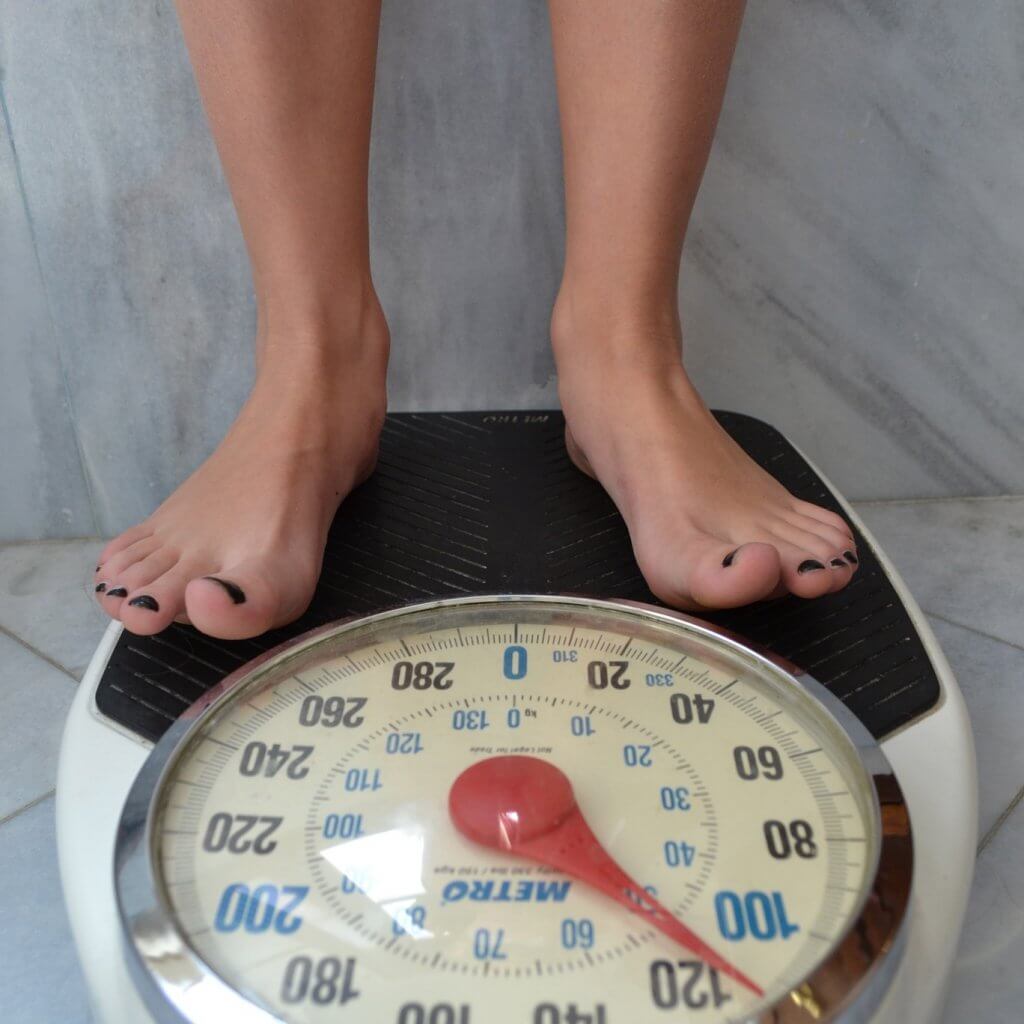
For a healthy individual, the average sweat rate is 17 oz. per hour. Consult a doctor if you perform the sweat rate test and notice that your sweat rate is significantly less or more than this.
If you tend to sweat even in colder temperatures or you sweat from a specific area of the body while sedentary, this may be a sign of hyperhidrosis. Described as any perspiration that impacts your daily life, hyperhidrosis is a condition that causes excessive perspiration. In the U.S. alone, about three percent of the population suffers from hyperhidrosis.
Consider seeing your physician if you suspect that you have hyperhidrosis, as they will be able to exclude more serious disorders and advice you on treatment options.
Not sweating enough? Sweating too much? Both can cause or indicate health problems. Sweating too little can put you at risk of overheating, while PDES (Public Displays of Excessive Sweating) can be just plain embarrassing!
If you consult with a doctor, and it is determined that you are in good health, it might be time to try a new deodorant!
Do consider a natural deodorant
To keep perspiration under control and minimize odor, apply an underarm deodorant. Consider a natural deodorant instead of an antiperspirant. While antiperspirants block sweat, they also block your pores and inhibit toxins from being released. Deodorant will not block your pores and activates the good bacteria on your skin.
Keep in mind that sweat itself is not the culprit behind body odor. It is bad bacteria that is to blame, and deodorant helps decrease odor from this bacteria, even if you forgot to apply it that day because you were rushing off to work after a morning run!
Drugstore deodorants typically contain aluminum complexes and other chemical components that react with keratin in the sweat glands to create a seal that inhibits sweat from coming to the surface of the skin. While this prevents sweat, it does so in a way that is unhealthy, since it impedes natural mechanisms of the body.
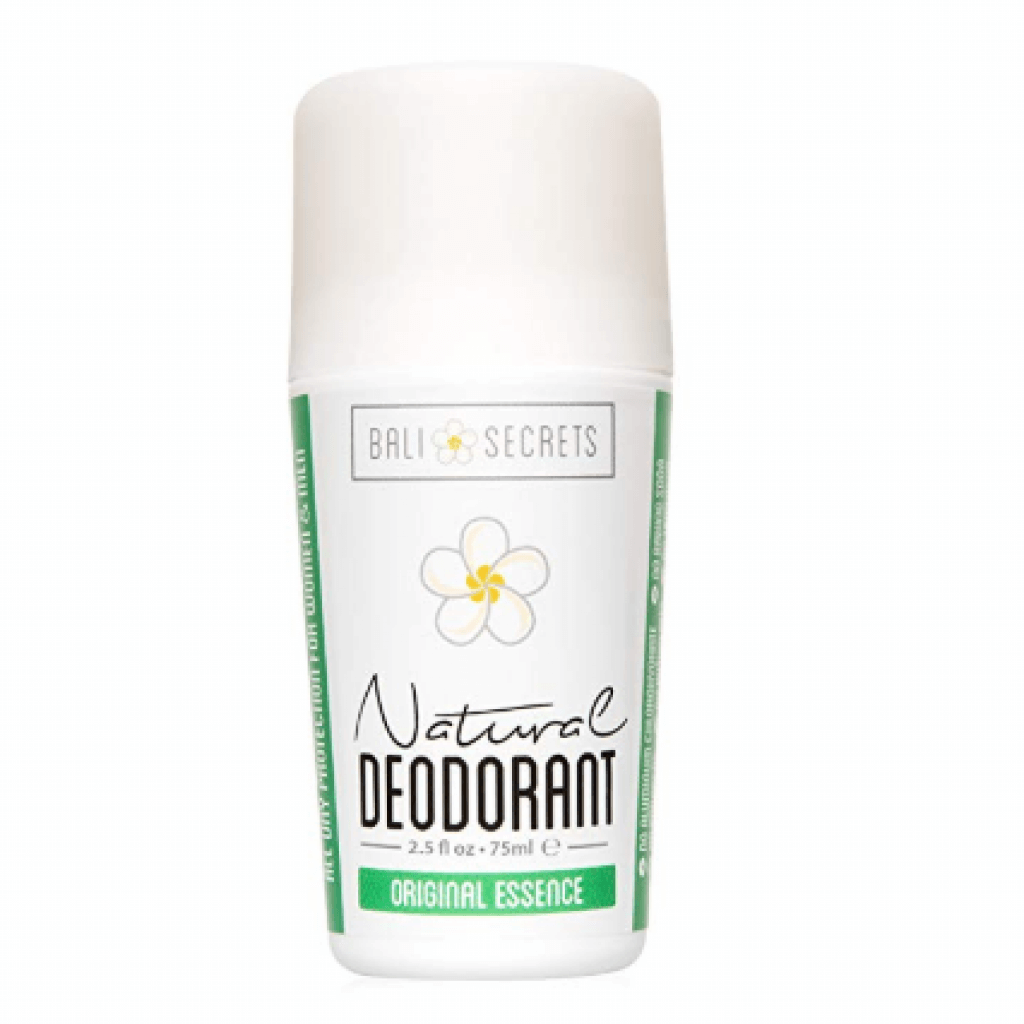
Natural deodorants contain zero-chemical components and use organic, pure minerals and plant ingredients to complement the body sweat management mechanism. These ingredients are found in either refined or unrefined form but are still just as functional in deodorant, and a much better choice for any runner who wants to ditch the toxic antiperspirant.
Finding a natural deodorant that works can be a challenge for many runners. To know if you’ve found one that works for you, allow two weeks to transition to natural deodorants from aluminum-based, deodorants, and antiperspirants that are loaded with chemical additives.
I can attest first-hand to the unpleasant, but very temporary reactions our bodies can have as we adjust to the new formulation. During the transition, the body typically releases toxins leftover from the heavy metals present in the chemicals of over-the-counter antiperspirant deodorants.
This does not mean that your new natural deodorant is not working. It simply means your body is detoxing. For one to two weeks you may feel that you are sweating more, but be patient and trust that the transition to natural deodorants is worth it!
If you absolutely must use an antiperspirant deodorant, look for one that contains only about 10 to 15 percent aluminum chloride.
Don’t rely solely on deodorant to keep sweat under control. Modify your diet, up your intake of sports drinks, dress accordingly, and you’ll feel more comfortable and smell fresher from the first mile of your run to the last.
Sources
- , Extreme Heat, Calculation Chart
- , Sweat Rates, Sweat Sodium Concentrations, and Sodium Losses in 3 Groups of Professional Football Players, Journal of Athletic Training
- , Sweating and body odor, Diseases & Conditions Articlee sweat, or perspire, more than the non-runner, and this is a good thing!
Latest Articles
 Is Running on a Treadmill Easier Than Running Outside?Runners have their own preferences, whether it is treadmill running, running outside on the road, or exploring trails. So...
Is Running on a Treadmill Easier Than Running Outside?Runners have their own preferences, whether it is treadmill running, running outside on the road, or exploring trails. So... Is It OK to Use Trail Running Shoes on the Road?While trail running shoes can be used on roads, especially in situations where a runner encounters mixed terrains or pref...
Is It OK to Use Trail Running Shoes on the Road?While trail running shoes can be used on roads, especially in situations where a runner encounters mixed terrains or pref... How to Fix Sore Quads After Running?Rest, ice, gentle stretching, and over-the-counter pain relievers can help soothe sore quads after running. Also, ensure ...
How to Fix Sore Quads After Running?Rest, ice, gentle stretching, and over-the-counter pain relievers can help soothe sore quads after running. Also, ensure ... 10 Fruits With The Most Electrolytes to Replace Sports DrinksThese fruits are high in electrolytes such as potassium, magnesium, and calcium, essential for hydration, muscle function...
10 Fruits With The Most Electrolytes to Replace Sports DrinksThese fruits are high in electrolytes such as potassium, magnesium, and calcium, essential for hydration, muscle function...

